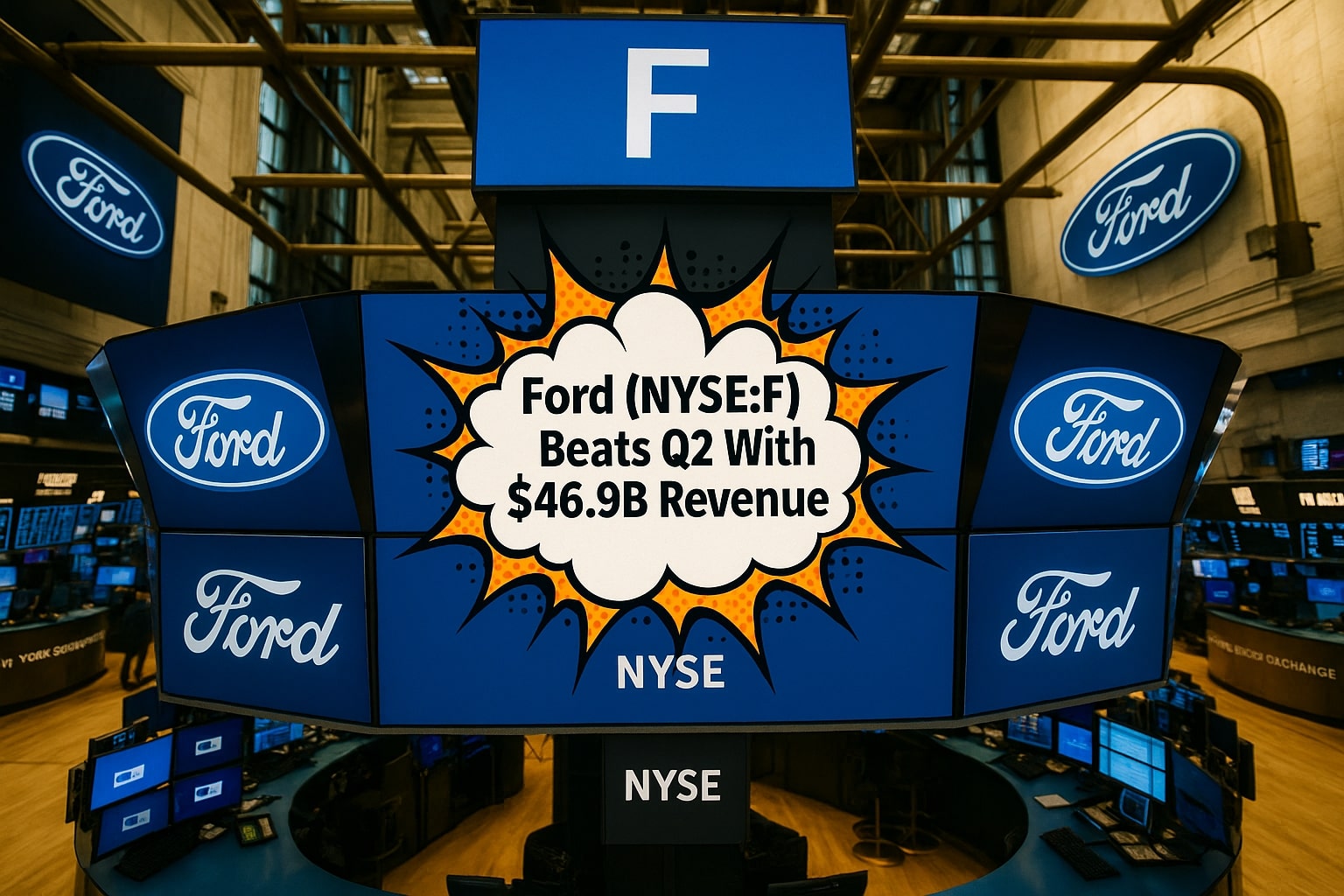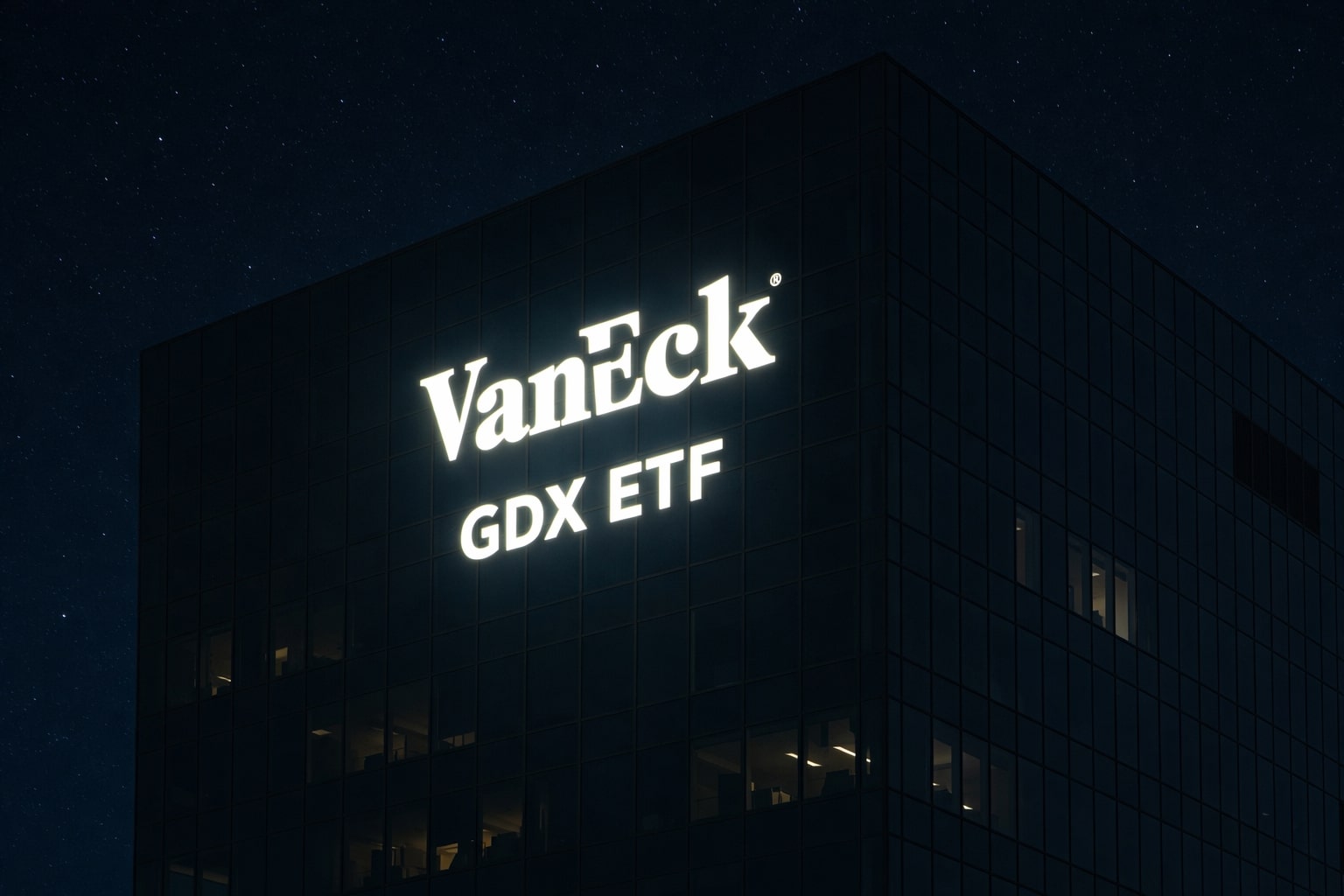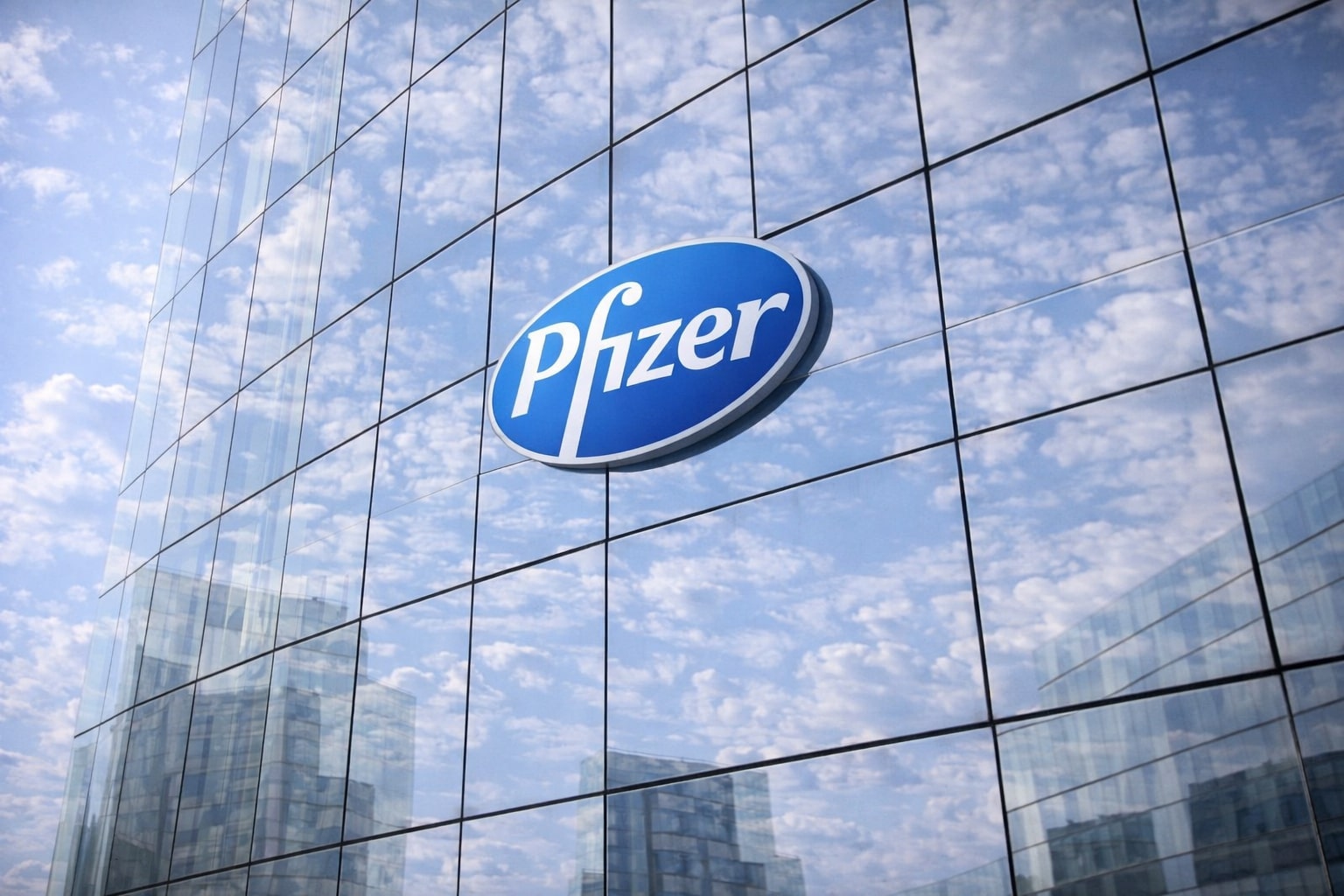
Ford (NYSE:F) Stock Delivers $46.9B Q2 Revenue, Ford Pro Strength Offsets EV Losses
Ford Pro posts $18.8B revenue and 12.3% margins, EV unit loses $1.3B, dividend yield stays above 6.5%, and tariffs cut outlook by up to $2B | That's TradingNEWS
Ford Motor Company (NYSE:F): Earnings Strength, Ford Pro Pivot and the Battle With EV Losses
Q2 2025 Earnings and Revenue Outperformance for NYSE:F
Ford Motor Company (NYSE:F) delivered a second quarter that defied expectations. The automaker reported $46.9 billion in revenue, about $3 billion above consensus, and $0.37 in adjusted EPS, beating by $0.04 per share. That revenue figure represented record top-line results, up 14.2% year-over-year, a performance that eclipsed industry growth of just 1.4% in the same period. Ford’s U.S. market share expanded 1.8 percentage points to 14.3%, demonstrating how demand for trucks, SUVs and commercial vehicles insulated it from broader macro headwinds such as tariffs and elevated financing costs.
Ford Pro Emerges as the Powerhouse Segment
The real catalyst in Ford’s Q2 was Ford Pro, the commercial business segment that has become the company’s core profit engine. Ford Pro generated $18.8 billion in revenue, up from $15.2 billion in Q1, and delivered $2.3 billion in EBIT, nearly doubling from the prior quarter’s $1.3 billion. Margins improved to 12.3%, a jump of 3.7 percentage points quarter-over-quarter, marking one of the sharpest margin recoveries in Ford’s portfolio. Transit van sales surged 16% year-over-year to 13,461 units, and Ford Pro’s digital subscriptions — particularly Ford Pro Intelligence and fleet software — grew more than 20% YoY, creating recurring high-margin revenue streams. CEO Jim Farley has been explicit: capital will increasingly be diverted from the loss-making EV segment to Ford Pro, where the returns are immediate and scalable.
Ford Model e Losses Still Drag, but Scale is Growing
While Ford Pro is firing on all cylinders, the Model e division remains a drag. The EV segment posted a $1.3 billion adjusted EBIT loss in Q2, widening from Q1’s $0.8 billion loss. Revenue, however, more than doubled year-on-year to $2.4 billion, showing that Ford is scaling deliveries but still operating deeply in the red. Hybrids and EVs combined sold nearly 83,000 units, accounting for 13.5% of Ford’s total Q2 volume, and importantly outselling the entire EV portfolios of GM and Stellantis. The challenge is cost: Ford has announced a $5 billion efficiency drive including a $2 billion investment at its Louisville plant to build a new midsize electric pickup at a target price of $30,000. Achieving affordability in EV trucks will be critical to reducing operating losses.
Core Vehicle Lines Driving Record Sales
The backbone of Ford’s Q2 growth came from traditional vehicles. The F-Series sold 222,459 units, its strongest second quarter since 2019, while the Maverick compact pickup set a record with 48,041 units, with nearly 60% of buyers new to the Ford brand. SUV sales rose 20% YoY, with the Bronco delivering 39,000 units, its best quarter since re-launch, and the Expedition surging 43.9% to over 31,000 units. These figures highlight Ford’s breadth of demand across multiple price points, cushioning the impact of EV losses.
Updated Guidance Reflects Tariff Headwinds
Ford has revised its FY2025 adjusted EBIT outlook to $6.5–$7.5 billion, trimming $0.5–1.0 billion off previous guidance due to tariffs. The company estimates tariff headwinds will cost $2 billion net this fiscal year, after already absorbing $800 million in Q2 alone. Despite this, management delivered the update proactively, reducing uncertainty for investors worried about opaque tariff exposure. Free cash flow guidance remains robust, with Ford generating $2.8 billion in adjusted FCF during Q2, supported by strong operational cash inflows.
Balance Sheet Strength and Dividend Stability
Ford ended Q2 with $28 billion in cash and $46 billion in liquidity, among the strongest balance sheets in the industry. That cushion allows Ford to maintain its dividend, which remains attractive at $0.15 per share quarterly, equating to a forward yield above 6.5%. This 14-year streak of dividend payments enhances Ford’s case as a yield play while management restructures the EV division.
Valuation: Undervalued Relative to Peers
Shares of NYSE:F remain deeply discounted. The stock trades at just 7.7x forward earnings, an implied 13% earnings yield. GM sits even lower at 5.4x, but Ford’s multiple expansion potential is significant if EV losses narrow and Ford Pro continues compounding. On consensus FY2026 EPS of $1.41, a re-rating to 10x would imply a share price of roughly $14.10, offering 30% upside from current levels. Intrinsic valuation models, including dividend discount analysis, point even higher — up to $19 per share when factoring Ford’s cost of equity at 9.8% and a weighted average cost of capital of 5.1%.
Risks: Tariffs, Recalls and Execution Challenges
Risks remain material. Beyond the $2 billion tariff impact, Ford absorbed a $570 million recall charge related to a fuel leak defect in 700,000 vehicles during Q2, adding pressure to margins. Year-to-date recalls stand at 94, a reputational issue that could undermine consumer trust if not controlled. Execution risk in the EV transition also looms large, with Model e projected to lose up to $5.5 billion in FY2025. While over-the-air software updates have reduced recall costs for newer models, legacy vehicles continue to expose Ford to costly quality lapses.
Macro Catalysts: Fed Cuts and Auto Affordability
The Federal Reserve’s expected pivot to rate cuts by year-end could ease monthly car payments, which average $756, with nearly 20% above $1,000. A 100bps reduction in rates could save buyers $1,600, while 200bps could save over $3,100 on financing, unlocking pent-up demand. Ford’s dominance in affordable trucks and SUVs, plus its push for a $30,000 electric pickup, leaves it positioned to capture this demand once financial conditions loosen.
That's TradingNEWS
Read More
-
GDX ETF at $88 While Gold Tests $4,400: Are Gold Miners Poised for $100?
19.12.2025 · TradingNEWS ArchiveStocks
-
XRP ETF Boom: XRPI at $10.94 and XRPR at $15.49 as XRP-USD Clings to the $1.80–$1.90 Zone
19.12.2025 · TradingNEWS ArchiveCrypto
-
Natural Gas Price Forecast: NG=F Hovering Near $3.92 As Weather, LNG And Storage Collide
19.12.2025 · TradingNEWS ArchiveCommodities
-
USD/JPY Price Forecast - Dollar to Yen Near 157 as BoJ’s 0.75% Rate Hike Backfires on the Yen
19.12.2025 · TradingNEWS ArchiveForex


















